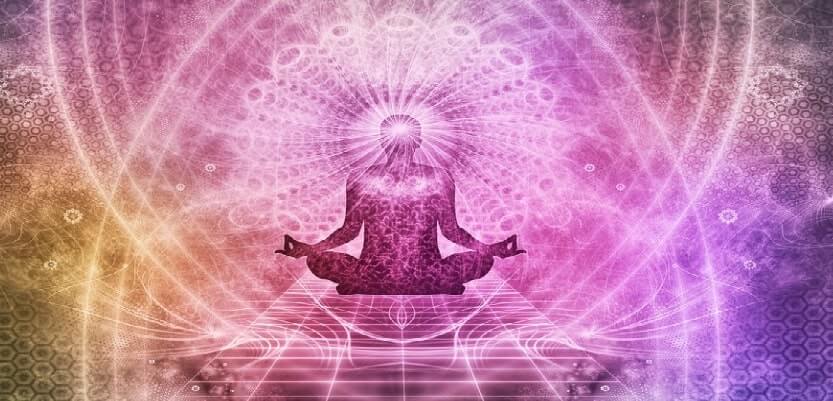Pratyahara is the fifth limb or step mentioned in the yoga sutras by Maharshi Patanjali. The first four steps are Yama (restraining harmful thoughts), Niyama (cultivating good habits), Asana (learning postures), and Pranayama (breathing techniques). The first four steps of yoga deal with the purification of body and mind. In the pratyahara stage, the mind becomes completely free from the interference of external objects caused by the senses. After the stage of pratyahara, the mind will be ready to experience the higher state, called Dharana (concentration) and Dhyana (meditation).
Pratyahara consists of two Sanskrit words, prati and ahara. Prati means away or withdrawal and ahara means food. Here, ahara means anything that the body and mind consume. Therefore in the context of yoga, it is the process of withdrawing from the objects that nourish the sense organs. The goal of pratyahara is to withdraw from the external objects and to go inward.
There are two types of sense organs: 5 Jnanendriyas or cognitive senses and 5 karmendriyas or active senses. The five jnanendriyas are eyes (sight), ears (hearing), nose (smell), tongue (taste), and skin (touch). The five karmendriyas are mouth (to speak), hands (dexterity, to hold), feet (locomotion, to move), genitals (to procreate), and excretory system (to eliminate).
All the senses within us become attached on which they feed. The sense of sight feeds on beautiful observation; the sense of hearing feeds on various sounds; the sense of smell is nurtured by various odors; the sense of taste is nurtured by food and drink, and the sense of touch nourishes tactile signals.
Similarly, you can use karmendriyas the way you want it. Either, you can use it for complete material pursuits or you can use it to elevate yourself.
Is it enough to just withdraw from the external faculties to engage in meditation? What happens if we simply keep external objects away from the senses. It is to be noted that senses are mental faculties and the memory of past experiences is enough to draw the senses. Therefore, even if you close your eyes and sit still, the organ of sight still enjoys the memory files of mind. Pratyahara is the process of discontinuation of the engagement of senses with the corresponding objects in the mind (thoughts).
It is not possible to withdraw the senses at once or with force. Because this forceful withdrawal is called repression. It is always suggested to follow the process with a slow & steady manner. That is the reason, Sage Patanjali suggested to perfect Yama, Niyama, Asana, and Pranayama to make the process of Pratyahara easy.
Sage Patanjali beautifully explained about Pratyahara in the following two sutras:
Sutra 2.54 - svavishaya asamprayoge chittasya svarupe anukarah iva indriyanam pratyaharaH
Meaning: When the senses are withdrawn from the objects on which they imitate, then they turn back into the mind’s own form called Pratyahara. Here, own form means original form, which is equal to the higher self or God. Because the individual self is part of that higher self, but because of external influences it looks to be moving away from that. So dwelling on that supreme self, is also called pratyahara.
Sutra 2.55 - Tatah parama vashyata indriyanam
Meaning: From that (withdrawing the senses and turning inward) comes supreme mastery over the senses.
It is clear that meditation is not about controlling the thought process. Instead, moving senses away from those thoughts. Let the thoughts run without any interference, just like the heart or any other physical organ runs without any active engagement. Then the true mastery over the senses happens. A yogi who is able to stop being controlled by the external objects can truly go inward. When the mind becomes free from the interference of external objects caused by the senses, it will be ready to experience the next stage, called Dharana or concentration.
